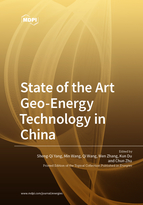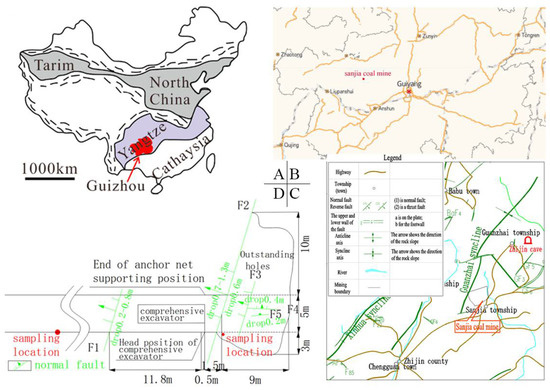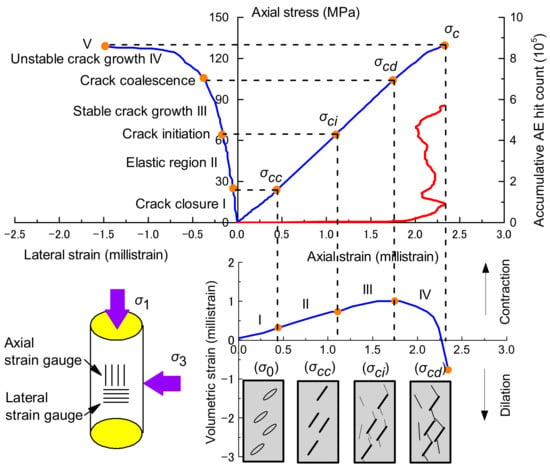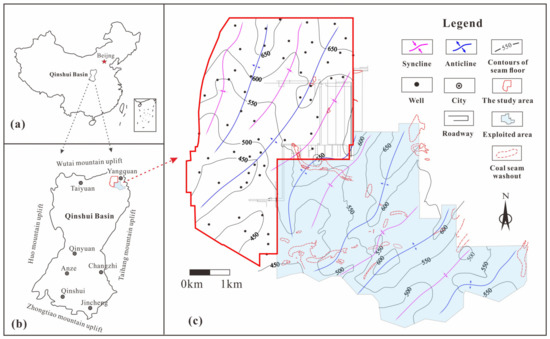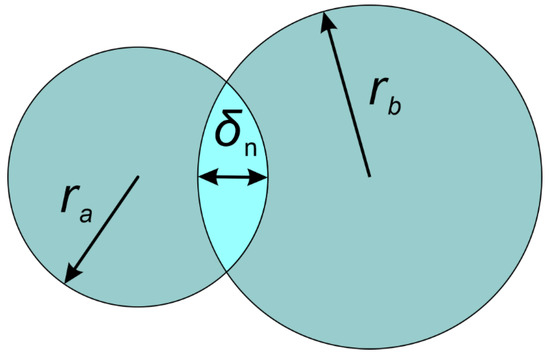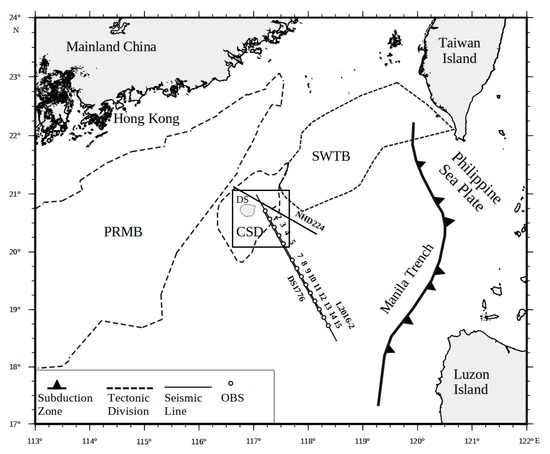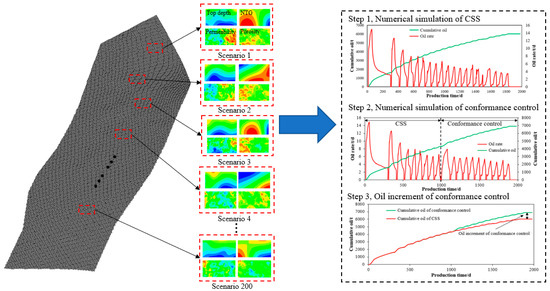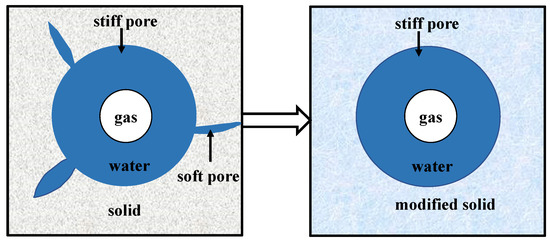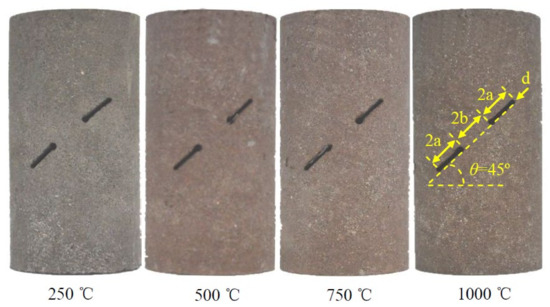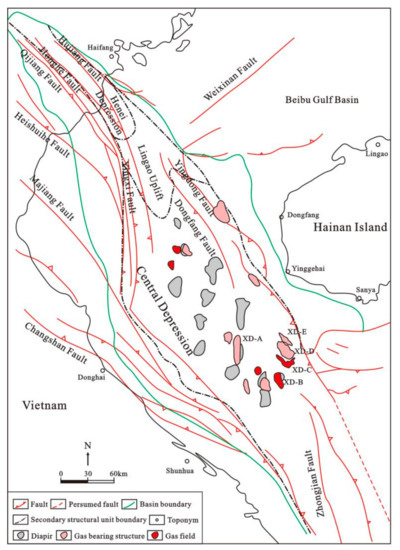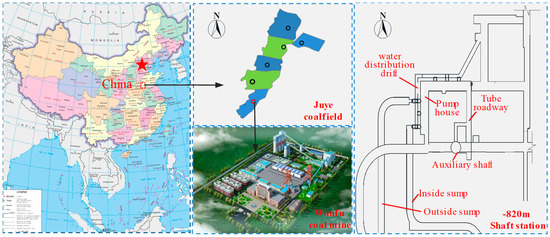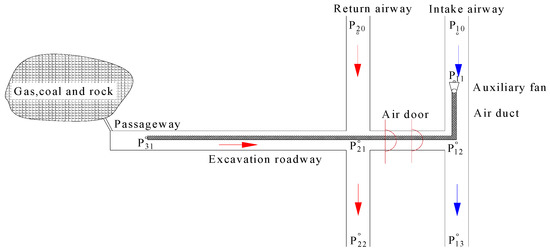State of the Art Geo-Energy Technology in China
A topical collection in Energies (ISSN 1996-1073). This collection belongs to the section "H: Geo-Energy".
Viewed by 27565Editors
Interests: rock mechanics; rock creep; underground engineering
Special Issues, Collections and Topics in MDPI journals
Interests: shale oil; gas geology; petroleum resource evaluation; petroleum system modelling
Interests: geotechnical engineering; mining engineering; surrounding rock control; rock testing
Special Issues, Collections and Topics in MDPI journals
Interests: remote sensing for geological hazards; geological hazards evolution
Special Issues, Collections and Topics in MDPI journals
Interests: deep mining; rock mechanics; fracture mechanics
Special Issues, Collections and Topics in MDPI journals
Interests: rock mechanics; geological hazard monitoring; surrounding rock support; slope stability
Special Issues, Collections and Topics in MDPI journals
Topical Collection Information
Dear colleagues,
Geological energy has a long history in China. As early as 500 BC, China began to use coal as fuel. In the middle of the 19th century, China began to develop oil resources. After the foundation of new China, with the discovery of the Daqing oilfield, China's oil industry entered an era of great development. During the 21st century, with the development of drilling technology, the development of unconventional energy such as shale gas and shale oil has entered a new era. In recent years, the development of flammable ice has set off a wave of clean energy. With the carbon reduction plan proposed by the Chinese government, clean geo-energy has been granted unparalleled development space in the future.
China's geo-energy development technology used to lag behind that of major developed countries for a long time, but after years of development, it has become the world's leading edge in some fields. Therefore, we specially set up this collection to collect China's advanced geo-energy exploitation technology and development trends, whilst providing some new directions for thinking about geo-energy development in China and even the world. This collection seeks to contribute to such topics through enhanced scientific and multidisciplinary knowledge. We invite papers on innovative technical developments, reviews, case studies, as well as analytical and assessment papers from different disciplines that are relevant to the topic of geo-energy. The main topics of the section include, but are not limited to:
- Reservoir Characterization and Modeling
- Mathematical modeling of flow in porous media;
- Naturally fractured reservoirs;
- Reservoir simulation;
- Reservoir management;
- Reservoir properties and processes;
- Traces studies;
- Well spacing optimization.
- Geomechanics for Energy and the Environment
- Wellbore stability studies;
- Automated drilling;
- Hydraulic fracturing studies;
- Fracture propagation models;
- Proppant placement;
- Fracture diagnostics;
- Fracture characterization;
- Naturally fractured in reservoirs.
- Sequestration of Carbon Dioxide
- CO2 storage in coal/shales/oil and gas reservoirs;
- Regulation and legislation of carbon emissions;
- Carbon sinks.
- Geothermal Energy Extraction
- Enhanced geothermal energy;
- Integration of geothermal energy in energy systems;
- Subsurface storage of heat and cold;
- Geo fluids;
- Geothermal power plants and heating systems;
- Borehole heat exchanger;
- Ground source heat pumps;
- Energy from groundwater.
- Petroleum Exploration and Production
- Natural gas;
- Shale gas and liquids;
- Heavy oil EOR;
- Petroleum economics;
- Enhanced oil recovery;
- Production engineering;
- Optimization of lift systems.
- Energy from Coal Formations
- Environmentally friendly coal mining;
- In situ coal combustion;
- Coal gasification.
Prof. Dr. Sheng-Qi Yang
Prof. Dr. Min Wang
Prof. Dr. Qi Wang
Prof. Dr. Wen Zhang
Prof. Dr. Kun Du
Dr. Chun Zhu
Guest Editors
Manuscript Submission Information
Manuscripts should be submitted online at www.mdpi.com by registering and logging in to this website. Once you are registered, click here to go to the submission form. Manuscripts can be submitted until the deadline. All submissions that pass pre-check are peer-reviewed. Accepted papers will be published continuously in the journal (as soon as accepted) and will be listed together on the collection website. Research articles, review articles as well as short communications are invited. For planned papers, a title and short abstract (about 100 words) can be sent to the Editorial Office for announcement on this website.
Submitted manuscripts should not have been published previously, nor be under consideration for publication elsewhere (except conference proceedings papers). All manuscripts are thoroughly refereed through a single-blind peer-review process. A guide for authors and other relevant information for submission of manuscripts is available on the Instructions for Authors page. Energies is an international peer-reviewed open access semimonthly journal published by MDPI.
Please visit the Instructions for Authors page before submitting a manuscript. The Article Processing Charge (APC) for publication in this open access journal is 2600 CHF (Swiss Francs). Submitted papers should be well formatted and use good English. Authors may use MDPI's English editing service prior to publication or during author revisions.
Keywords
- Petroleum
- Coal
- Natural gas
- Combustible ice
- Geothermal




